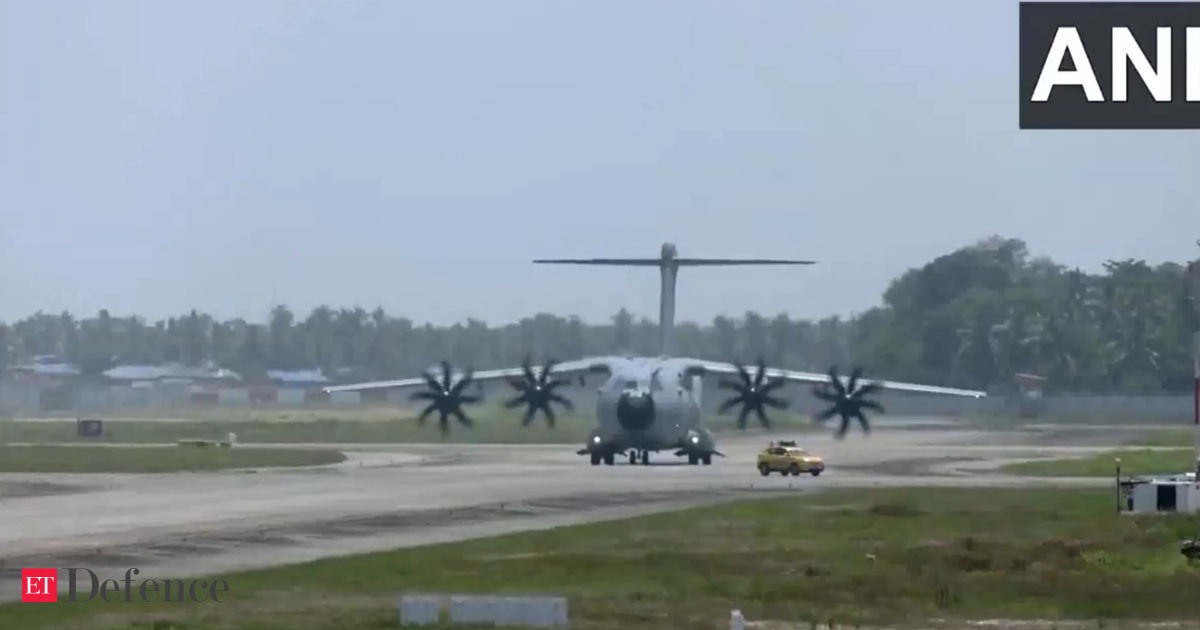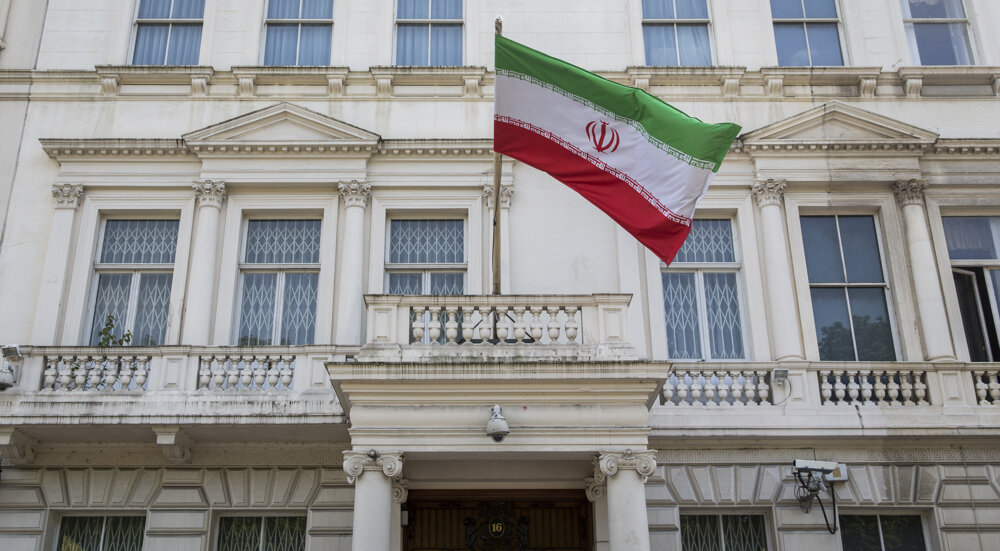Emergency landing triggered by weather and fuel shortage
The F-35B was returning to the aircraft carrier HMS Prince of Wales when it encountered adverse weather conditions and a critical fuel shortage. The pilot issued an emergency transponder code, SQUAWK 7700, before being directed by the Indian Air Force to land at Bay 4 of Trivandrum airport, typically reserved for VIP aircraft. The Indian Air Force later confirmed the emergency was caused by fuel exhaustion following several unsuccessful landing attempts at sea.Hydraulic failure leaves jet stranded
Since landing, the aircraft has been grounded due to a suspected hydraulic system fault. An initial team of Royal Navy engineers was unable to resolve the issue, prompting the deployment of a larger 40-member technical team from the UK, supported by specialists from the United States. A spokesperson for the British High Commission said, “Efforts are underway to restore the aircraft as quickly as possible,” while thanking Indian authorities for their cooperation.
Indian support declined over security concerns
Indian Air Force officials offered to relocate the jet to one of their Maintenance, Repair, and Overhaul (MRO) centres, and Air India offered hangar space to protect the aircraft from monsoon rains. Both offers were declined by British officials, reportedly due to concerns over exposing the F-35B’s sensitive stealth technology. As a result, the aircraft remains parked on the open tarmac at the civilian airport.
UK may face parking charges
With the aircraft grounded for more than two weeks, airport authorities at Thiruvananthapuram have stated that the UK may be liable for parking fees. A final decision is expected from the Union government. A government official told the Times of India, “Given the aircraft’s military status and foreign origin, the dues may be routed through central agencies.”
First such incident for UK’s F-35B fleet
This is reportedly the first time a British F-35B has been stranded in a foreign country. The fighter jet, part of the UK’s Carrier Strike Group, was participating in joint naval exercises with India. Manufactured by U.S. defence contractor Lockheed Martin, the F-35B is equipped for short take-offs and vertical landings and is a key component of NATO’s airpower strategy. The overall F-35 program is estimated to cost more than $2 trillion over its lifetime.
Online reactions to grounded stealth jet
Images and videos of the grounded jet parked alongside commercial aircraft at a civilian airport have circulated widely on social media, drawing attention and humour. Memes featuring captions such as “Stealth mode: disabled” and “Parked like a VIP, grounded like a student” have gone viral, reflecting public interest in the unusual sight.
Dismantling and return operation in progress
As repair efforts have failed, British engineers are now preparing to dismantle the aircraft for transport. The operation will involve coordination with Indian airport authorities and defence officials to ensure safe repatriation. The situation highlights the logistical challenges and technological sensitivities of managing advanced military assets abroad.


